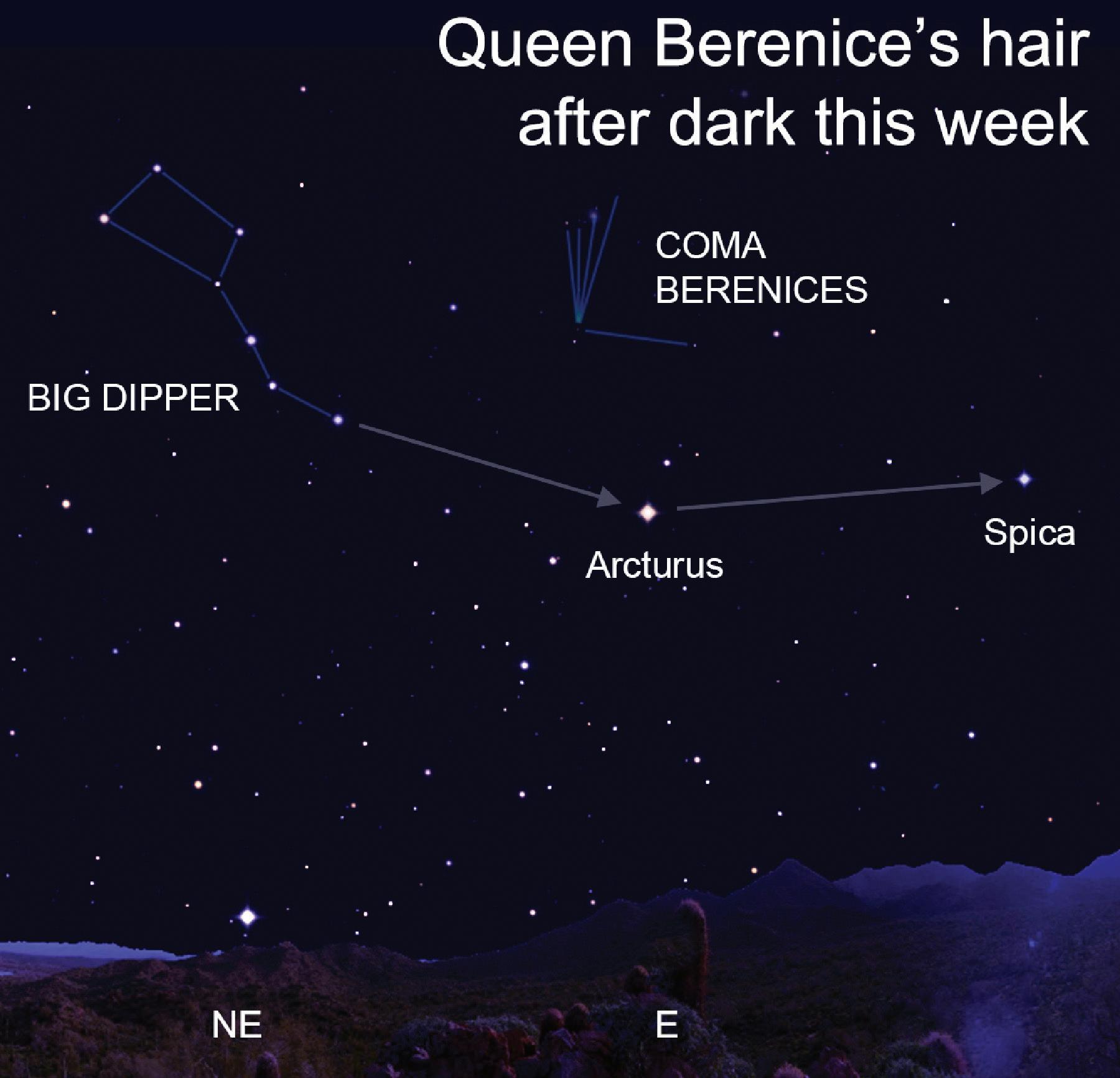
4 minute read
Alpaca Expeditions’ Inca Trail Trek to Machu Picchu is Personal Test of Mind Over Matter
Continued from previous page trail, laid the stones that line the entire trail, built the fortresses, enclaves, resting places for pilgrims and nobility on their way to Machu Picchu.
You feel a oneness with the pilgrims as you walk in their footsteps. It all becomes a matter of personal challenge and self-discipline, mind over matter, just as it would have been for the pilgrims 600 years ago when these sites were built. Each step engages you with the human dimension in time, space and substance.
And I can’t stop thinking about the people who actually built all of this.
Our voyage in the Galapagos, where we had just traveled, was about natural selection, survival of the fittest and the ecosystems in the natural world. Here, trekking on the Inca Trail, going from site to site, we learn about the human ecology. I can only wonder as I plod up these trails, what was involved to hoist those multi-ton boulders and set them in place to build these structures, the amount of food production that must have been required to sustain a population with the numbers of laborers and soldiers to build, expand and secure the Empire, and the calorie count to create and sustain all of this, without the benefit of draft animals, the wheel, iron tools, written language.
So much surprises me about the Inca Trail trek, but most of all is the number
BY JEFF RUGG
Tomatoes, peppers and a few other vegetables are planted in every garden. Try to find at least one new vegetable for your garden each year. You may find a new favorite.
For instance, you could try a melon that looks and tastes like a cucumber. It may even be better than a cucumber for the garden since the plant survives heat very well. The Armenian cucumber fruit is pale green and can grow three feet long. They begin producing just two months after planting. The fruit grows straight when the vine grows on a trellis or twisted when growing on the ground.
Speaking of melons, how about growing a watermelon that you can eat whole in one bite? The Cucamelon looks like a mini-watermelon on the outside but tastes like a cucumber. The fruit are only an inch or two long. The inside is white with small seeds. They grow on vines that can grow six to eight feet tall.
Both melons are available at botanicalinterests.com.
Let’s go the other way for the next of Inca sites – resting places along the pilgrimage route, defensive forts built by Pachacuti Inca Yupanqui, the ninth ruler of the Inca, in the mid-1400s in support of Machu Picchu his most monumental project– that we encounter. Like Machu Picchu, they were reclaimed from the overgrowth after 400 years being abandoned to Nature. How meticulously they were restored (not rebuilt) by the government– so that we could better appreciate the society, the culture and the history in their context.
They were built to accommodate people making a once-in-a-lifetime pilgrimage. This is once-in-a-lifetime for me, as well, or as I tell myself, “now or never” as the window of opportunity closes for me. So seize the day, which is my motto.
You read about these sites, see photographs (indeed, the photos archaeologist Hiram Bingham published of Machu Picchu, “The Lost City of the Inca”, is what inspired the excavations and spurred this multi-million dollar tourism industry that supports preservation and conservation). But it is only when you are physically here, climbing the steep stone steps, seeing how they are built into these mountains, the scale and the precision with which they were built 600 years ago, feeling the stone, that you can understand and can appreciate this achievement of human endeavor.
The story unfolds as we haul our- selves up the heights, over mountain passes and down onto plateaus.
Lizandro says, “Okay, team.” Giorgio calls us “Family” and we are off and in no time at all, we are a family as we set out on the Inca Trail.
Tips to prepare: Comfortable hiking boots are essential. After several trials and errors, I was exceedingly happy with the Altra lone peak all-weather mid (wide) hiking boots I bought at REI. Hiking poles are essential (you can rent from Alpaca Expeditions). They provide the tents but you rent the sleeping bag and mat.
Bring power bank to recharge your phone and camera batteries (no place to plug in for four days; bring extra, charged batteries for camera). Bring a light, compact camera, like a point-andshoot, to hike with (I packed my Nikon Z5 in Sarah’s duffel but hiked with it the last – easiest - day into Machu Picchu).
Bring two water bottles (they provide boiled drinking water to fill). Bring layers and hats for cold and warm weather; expect rain or mist – the first two nights camping are likely to be cold – the sleeping bags are excellent quality winter grade but I was thrilled with the warm knee-high alpaca wool socks I bought for $4 at the shop just before starting the hike). A headlamp is a must (I loved the Black Diamond Astro 300 lumens from REI).
Bring altitude sickness medicine
A Greener View
(there is a prescription medicine, but I was happy with the Sorojchi Pills you can purchase over-the-counter in Cuzco), also people bring coca leaves or candy; have ibuprofen on hand.
Definitely do what you can to prepare yourself physically (and mentally). As I was walking up/down the hill for an hour, I was contemplating doing this for 9 more hours and it wasn’t a pleasant thought. I resigned myself to feeling very uncomfortable for 12 hours, and that in itself was comforting.
The permits to do the Inca Trail trek are limited to 500 a day (just 200 trekkers plus 300 for porters, guides and support staff) for all the trekking companies and get booked up months in advance.
More information: Alpaca Expeditions, USA Phone: (202)-550-8534, info@alpacaexpeditions.com, raulmanager@alpacaexpeditions.com, https:// www.alpacaexpeditions.com/
Check with the US State Department to get the latest information on travel to Peru: https://travel.state.gov/ content/travel/en/international-travel/International-Travel-CountryInformation-Pages/Peru.html
Next: Setting Out on the Inca Trail
© 2023 Travel Features Syndicate, a division of Workstyles, Inc. All rights reserved. Visit goingplacesfarandnear. com







